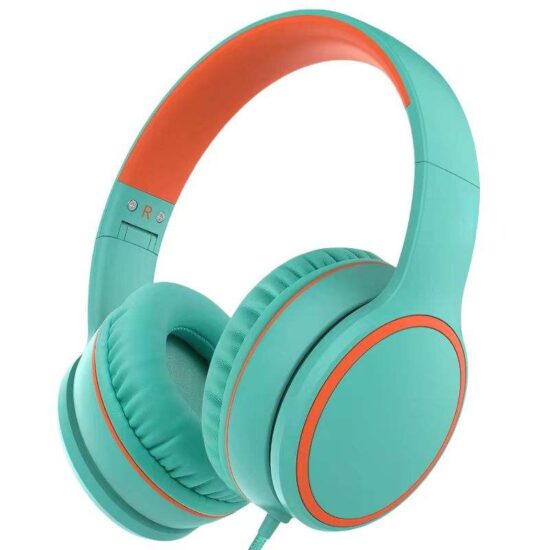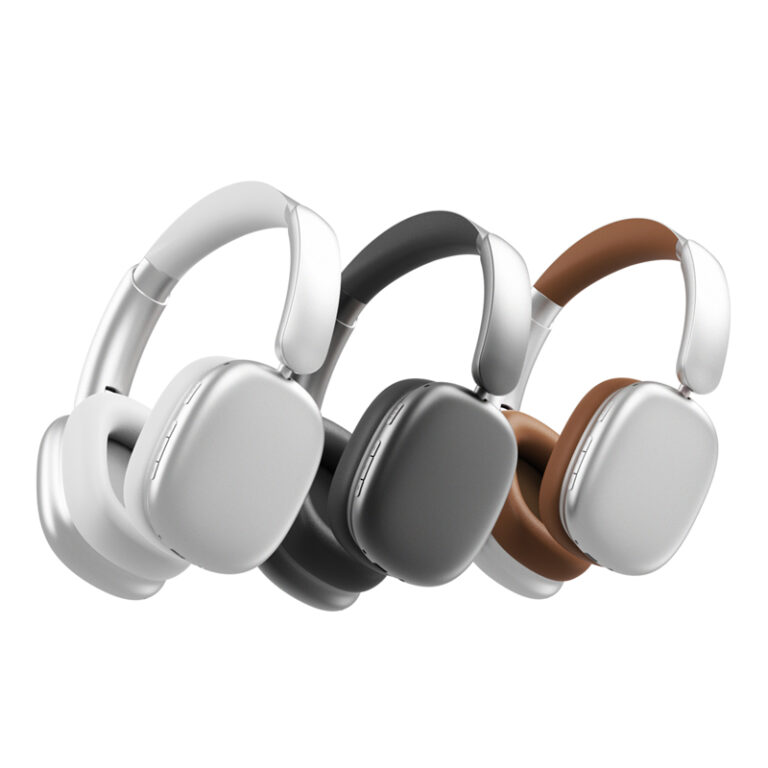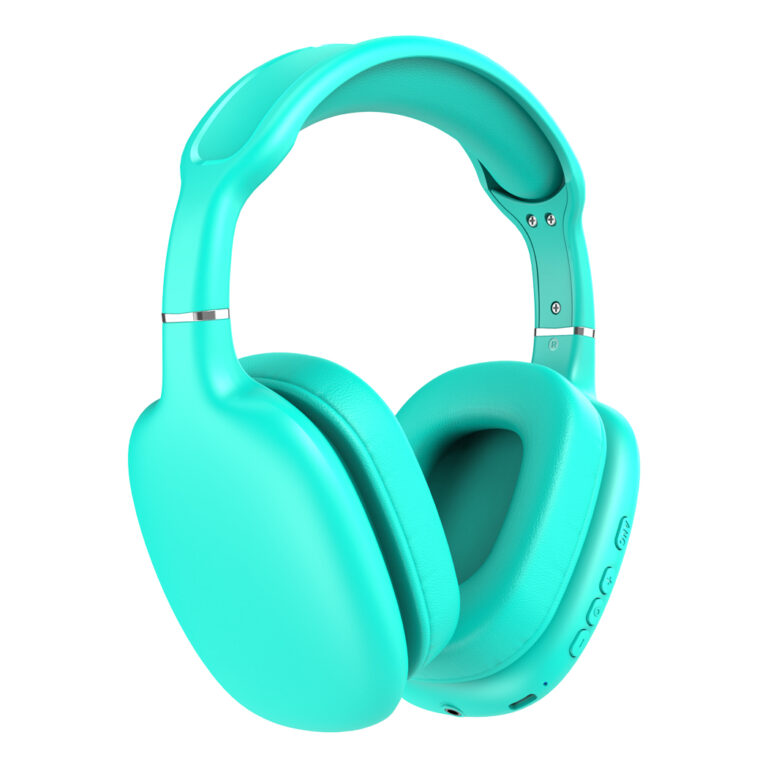jay@nbdho.com
OEM vs ODM Headphone Services: Key Differences Explained Clearly
In the headphone manufacturing industry, understanding the distinction between OEM (Original Equipment Manufacturer) and ODM (Original Design Manufacturer) services is crucial for businesses looking to bring their products to market. Both models offer unique advantages and challenges depending on the brand’s level of involvement in product design, development, and customization.
OEM services refer to manufacturers producing headphones based on the buyer’s exact specifications and designs. In this model, the brand owns the intellectual property (IP), including the design, technology, and branding. The OEM manufacturer’s role is to replicate the provided designs with high quality and efficiency. This approach is ideal for companies that have already developed product concepts or want to maintain strict control over the design and features.
One significant benefit of OEM is brand exclusivity, since the product is designed and owned by the client. OEM also allows for greater flexibility in materials, components, and specifications, enabling brands to differentiate their offerings in a crowded market. However, OEM requires significant upfront investment in R&D, design, and prototyping, as well as longer development cycles.
On the other hand, ODM manufacturers provide comprehensive design and development services, delivering ready-made headphone solutions that brands can rebrand and customize to a certain extent. ODM headphones are often designed by the manufacturer’s in-house R&D team and come with pre-engineered features and tested performance. This reduces the time and cost required to launch a new product, making ODM ideal for startups or companies entering the headphone market with limited design resources.
ODM models offer faster turnaround times, lower upfront costs, and access to proven designs, but the trade-off is less product uniqueness. Brands may face competition from others using similar ODM products, although some manufacturers offer exclusive customization options to mitigate this issue.
In terms of control, OEM provides brands with full ownership and control over product development, while ODM involves sharing control with the manufacturer, who retains rights over the original design. Both models require thorough vetting of manufacturers to ensure quality standards, intellectual property protection, and reliable production capacity.
Choosing between OEM and ODM depends on a brand’s strategy, budget, timeline, and product goals. Brands aiming for highly differentiated, proprietary headphones often prefer OEM to safeguard innovation and brand identity. Conversely, ODM suits brands seeking cost-effective, quicker market entry with a proven product base.
In conclusion, both OEM and ODM headphone services play vital roles in today’s competitive audio market. Understanding their differences empowers brands to select the right partnership model, balancing control, cost, innovation, and speed to market for successful headphone product launches.





